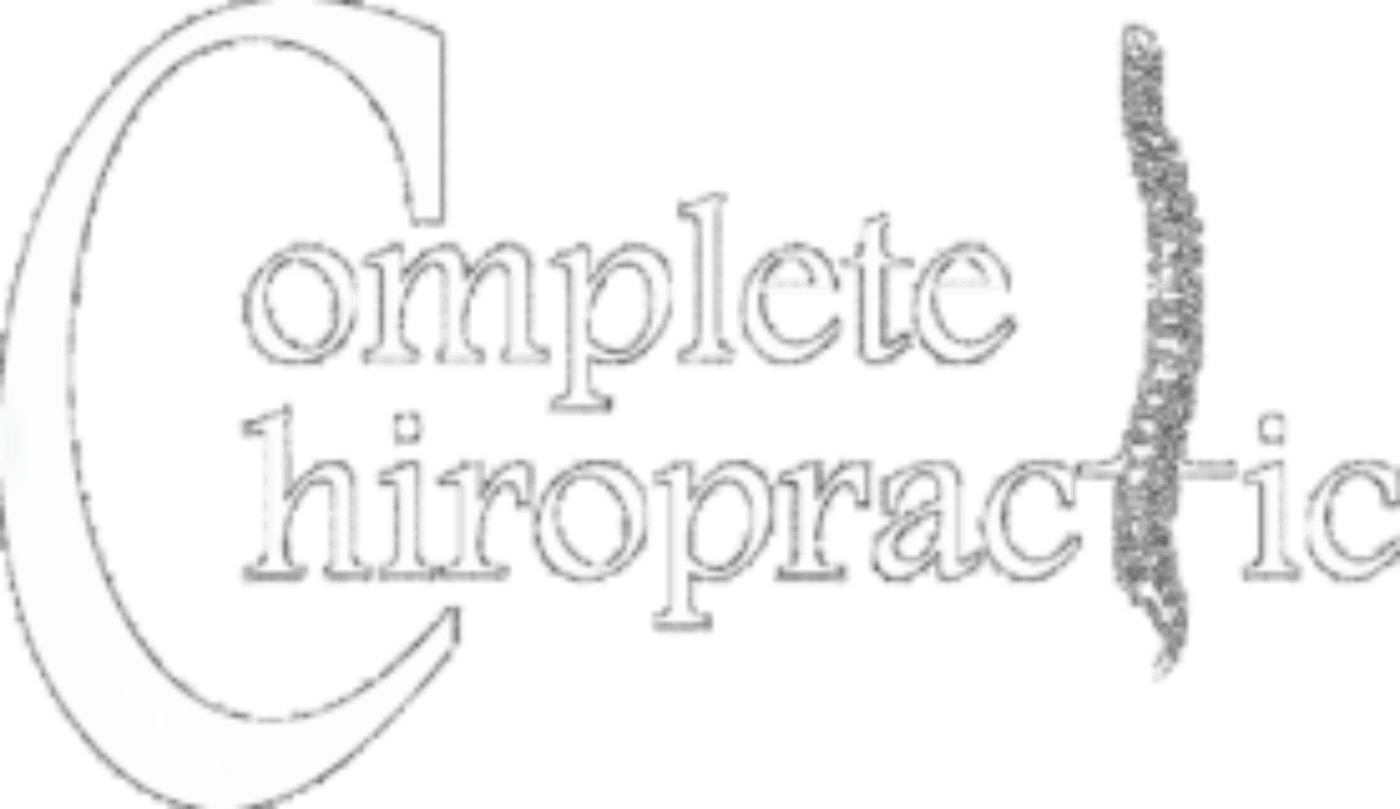-
Sprains
-
Muscle Strains
-
Arthritis
-
Disc Herniations
-
Scoliosis
-
“Pinched Nerves”
-
Poor Posture
-
Obesity
-
Pain from organs and other areas: kidneys, etc.
-
And others…
The back is a complicated structure of bones, joints, ligaments and muscles. Your back is made up of 2 regions your thoracic spine (where your ribs attach)and your lumbar spine (your low back). You have 12 thoracic vertebrae to go along with your 12 ribs and 5 lumbar vertebrae. Associated with your back is your pelvis which is made up of your sacrum and hip bones. With improper biomechanics (ex. lifting or incorrect posture) you can put a lot of stress on the vertebrae and discs (shock absorbers).
Most Back and Neck Pain is mechanical in nature. This would indicate a treatment that works on your body mechanics.
Chiropractic care is a safe and effective treatment for low back pain. It reduces pain, decreases medication, rapidly advances physical therapy, and requires very few passive forms of treatment, such as bed rest.
In fact, after an extensive study of all currently available care for low back problems, the Agency for Health Care Policy and Research—a federal government research organization—recommended that low back pain sufferers choose the most conservative care first. If no red flags are present, the guidelines place spinal manipulation after patient education, Acetaminophen and NSAIDs.
Bigos S, Bowyer O, Braen G, et al. Acute Low Back Problems in Adults. Clinical Practice Guideline No.14. AHCPR Publication No. 95-0642. Rockville, MD: Agency for Health Care Policy and Research, Public Health Service, U.S. Department of Health and Human Services, December, 1994.
Chiropractic Care of Back Pain
During your visit, we will perform exams to locate the source of your pain and will ask you questions about your current symptoms and remedies you may have already tried.
We will also do physical and neurological exams. In the physical exam, your doctor will observe your posture, range of motion, and physical condition, noting movement that causes pain. Your doctor will feel your spine, note its curvature and alignment, and feel for muscle spasm. During the neurological exam, your doctor may test your reflexes, muscle strength, and other nerve changes.
In some instances, we might order tests to help diagnose your condition. An x-ray can show narrowed disc space, fractures, bone spurs, or arthritis. A computerized axial tomography scan (a CT or CAT scan) or a magnetic resonance imaging test (an MRI) can show bulging discs and herniations. If nerve damage is suspected, your doctor may order a special test called electromyography (an EMG) to measure how quickly your nerves respond. We will refer out to other healthcare professional, as necessary.
Chiropractic Adjustments
An adjustment is a precise procedure applied to the joints of the back, usually by hand. An adjustment works to improve the mobility of the spine and to restore range of motion; it can also increase movement of the adjoining muscles. Patients typically notice an improved ability to move freely, and a reduction of pain, soreness, and stiffness.
Of course, we will develop a program of care that may combine more than one type of treatment, depending on your personal needs. In addition to manipulation, the treatment plan may include mobilization, rehabilitative exercises, nutritional advice, modification of activities, or other options.
Question:
Why is there a popping sound when a joint is adjusted?
Adjustment of a joint may result in release of a gas bubble between the joints that makes a popping sound – it’s exactly the same as when you “crack” your knuckles. It is not painful. It is caused by the change of pressure within the joint resulting in gas bubbles being released.
-
Maintain a healthy diet and weight.
-
Remain active—under the supervision of your doctor-exercise regularly
-
Avoid prolonged inactivity or bed rest.
-
Warm up or stretch before exercising or other physical activities, such as gardening.
-
Maintain proper posture.
-
Wear comfortable, low heeled shoes.
-
Sleep on a mattress that keeps your spine in proper alignment.
-
Lift with your knees, keep the object close to your body, and do not twist when lifting.
-
Quit smoking. Smoking impairs blood flow, resulting in oxygen and nutrient deprivation to spinal tissues.
-
Ask Complete Chiropractic to help you ensure that your computer workstation is ergonomically correct.

